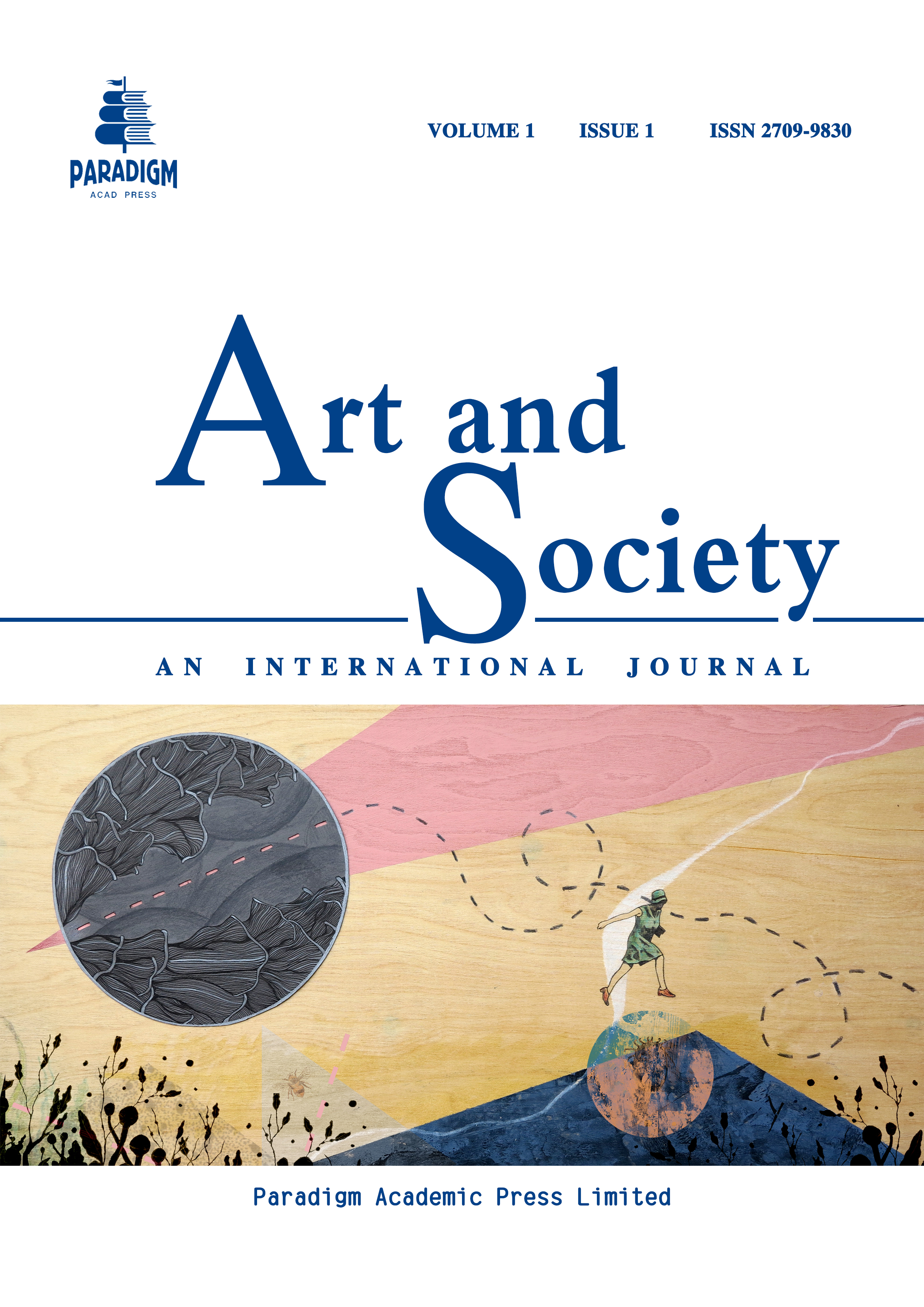The Production of Beauty and Nostalgia: The Image-Space and Discursive Construction of Chinese Rural Documentaries in the New Era
DOI:
https://doi.org/10.63593/AS.2709-9830.2025.10.003Keywords:
Chinese rural documentaries, production of space, discourse construction, beauty and nostalgiaAbstract
This study examines Chinese rural documentaries from the New Era. It uses Henri Lefebvre’s theory of the production of space. It also employs Michel Foucault’s discourse theory. These theories serve as the core analytical framework. The research explores how these documentaries use cinematic narrative techniques. Their goal is to construct the countryside as a meaningful space. This space is filled with ideas of “beauty” and “nostalgia.” Finally, the study critically analyzes the discursive practices and ideological effects of this construction process. This study argues that the rural space depicted in Chinese rural documentaries is not a straightforward reflection of reality but an actively selective discursive “production”. Based on Lefebvre’s “spatial triad”, the study firstly dissects how the physical space of rural areas is depicted as a landscape and as “picturesque”, how the social space of rural areas is shaped by the subjectivity of “new rural residents” and communal relationships and how the cultural space of rural areas is emotionally anchored by conceptions of “home”, “memory” and “history”. Subsequently, the study analyzes the micro-strategy of narrative technique in detail and explores how the cooperation between visual rhetorics of shot scale (long shot/close-up), lighting and camera movement and auditory landscapes of voiceover narration and soundscapes collectively create an emotionally resonant and realistic rural imagery. Furthermore, the study discusses the macro-strategies of spatial juxtaposition and integration and analyzes how these strategies facilitate the incorporation of different kinds of rural spaces into a macro-narrative space concerning “Beautiful China” initiative and an “urban-rural community”. In conclusion, through subtle spatial storytelling, Chinese rural documentaries in New Era successfully produce “beauty” and “nostalgia” as a dominant cultural discourse. This cultural discourse evokes the audience’s emotional resonance, strengthens cultural identity and displays the achievements of rural revitalization. In essence, it is a cinematic practice that participates in the construction of national identity in New Era. This research not only offers a critical spatial and discursive analytical approach for the study of rural documentaries but also provides a representative case study for the analysis of representational mechanisms and ideological effects in contemporary Chinese mainstream culture.


